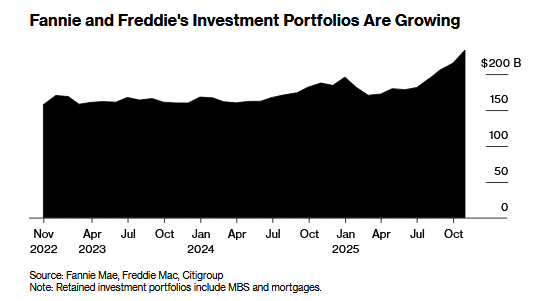Part II of II, by Claudio Grass, Hünenberg See, Switzerland
“Reverse currency wars”?
Although the parity event may have captured the attention of the mainstream financial press and most western citizens, there’s a much bigger shift that has been going on in the background, which received much less coverage.
We are all familiar with the concept of a currency war. In essence, it is basically one of the most crude examples of governments colluding with their central banks (the ones that are supposed to be independent and make unbiased decisions, always in the best interests of the people and their economic prosperity), in order to manipulate the currency to gain a trade advantage.
Purposefully devaluing a nation’s currency makes its exports cheaper relative to competitors, thereby increasing demand from abroad, and at the same time imports get more expensive, thereby encouraging domestic consumption of local goods and services. As is apparent, both of these shifts provide a boost to local producers and governments like that as it keeps their voting base happy. Naturally, this “advantage” is temporary and currency devaluation does more harm than good in the long term, but the world has yet to see a central planner or politician that actually has a long-term view, or indeed a rudimentary understanding of how the economy and the market at large actually works.
This kind of “strategy” has been at play for centuries, but one of the most recent examples was the US accusing China of embarking on such a “currency war” by depressing the value of yuan in order to boost its exports. Of course, anyone with even a cursory understanding of monetary history and of how central banks work, couldn’t be blamed for wondering what exactly is the difference between what China or other “rogue” nations were doing and what the central bankers of “advanced” economies have been engaging in for decades. Printing money, artificially keeping interest rates close to or even below zero and in general manipulating the currency in any way possible, appears to be indictable only when some nations are doing it, while for others, it appears to be just another tool for reaching “full employment” or “managing inflation”.
Now, while this version of the currency war is clear cut, today we’re seeing its “twisted cousin”. If keeping a nation’s currency weak can spur “growth” (at least in the sense that the central planners understand and pursue it), then doing the reverse would stunt that growth, right? In turn, killing that growth would also tame inflation. And it might seem like an absolutely senseless step to take to control rising prices, much like chopping off one’s nose because it’s itchy, but governments are getting increasingly desperate by the day. They and their central bankers tried everything to resolve the inflation problem, or at least appear to, from denying it existed, to reassuring everyone that everything was under control, to sending out “inflation relief” checks (without an once of irony) to solve the problem that the previous checks they sent out created.
As the Washington Post noted in a recent article, “The Fed’s actions have boosted the US dollar, driving up Bloomberg’s gauge of greenback strength by close to 7% this year. On the flipside, the euro — which is used by more than 300 million people in Europe — has fallen to a five-year low against the greenback, while the British pound and a majority of other important currencies have slumped too.”Whether this harebrained scheme will even make a dent in the inflation problem remains to be seen, even though it is certain that it constitutes no long term or sustainable solution. What is also certain is that people are slowly waking up to the fact that nothing their governments are telling them is adding up. One of the most important realizations in this respect is that none of the currency “moves” mean anything and investors and savers in particular need to understand the scale and the extent of the currency manipulation. “Trust” has nothing to do with it anymore (if it ever did) and there is no such thing as a “strong” fiat currency. There is only one kind of real, sound, and strong money, and it’s physical precious metals, as it has been for millennia.
This work is licensed under a Creative Commons Attribution 4.0 International License. Therefore please feel free to share and you can subscribe for my articles by clicking here
Full story here Are you the author? Previous post See more for Next postTags: Claudio Grass,Crisis,Currency Wars,Economics,Featured,Finance,Gold,Monetary,newsletter,Politics,Thoughts,Uncategorized


































